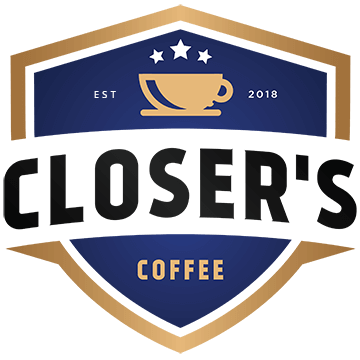Have you ever followed up on a lead for 8 months without closing a deal then realized not only that your lead would not give you business but also that they could not? As a salesperson, you want to maximize the number of leads you convert to prospects by using minimum resources. Many salespeople approach this by increasing the number of leads they have. However, they waste fewer resources by focusing on quality leads rather than more leads. This makes qualifying leads very important.
Superficially, someone can say qualifying leads is about who you reach in the organization, what their role is, and where they stand in the hierarchy of the organization. But qualifying leads is more of an art than a science, and it requires high levels of both emotional and social intelligence as well as a deeper understanding of human relationships and dynamics.
First of all, let’s discuss why it’s important to qualify a lead:
- According to entrepreneur Steven Tulman, 67% of your lost sales come from sales reps not qualifying leads properly before going ahead with the rest of the sales process.
- Qualifying a lead helps evaluate sales projections by estimating the size of expected business from the prospect, thus aids in the allocation of appropriate time and resources to the lead.
Even though qualifying leads would vary from one type of lead to another, having a general process helps streamline operations and leads to a bigger impact on your sales growth. So what are the ingredients of a good process?
- Build an Ideal Buyer Persona Profile. This can be as detailed as possible with imaginary – or not – names, ages, occupation. In the profile, answer the following questions:
- How did they find you?
- What are their points?
- What is their budget?
- What role do they play within his organization?
- What do they need to know prior to purchase?
- Why would they buy from you and not someone else?
Building a profile shouldn’t be an imaginary exercise especially if you’re already in business. All you have to do is call your best customers and find out the similarities between them. If you’re not in business yet, that information would come out of your product-market fit research.
- Understand how long the sales cycle is for the type of deal you’re trying to make in that particular industry. If you’re a salesperson who works across industries, you’ll need to understand that sales cycles vary depending on many factors such as the size of the company, whether it’s a startup or a traditional organization, whether there are many technical aspects in the deal that might require customizations, etc. In other words, just because following up might take 12 months doesn’t necessarily mean the deal won’t close eventually. It could just mean there are many fine details that need to be agreed on.
- Know the difference between interest and intent. People who are only interested in buying will ask general questions about the company, but those with intent will ask specific questions related to your demo and pricing, information about maintenance, etc.
- Know how much your lead usually spends on solutions similar to yours. Understanding that not only helps you price your solution better but also helps you drop those for whom your product or service is too expensive.
- Most importantly, understand the true decision makers in the companies. Just because a person has a specific role or a job title doesn’t mean they have influence on the project. This is where social intelligence comes in as you’ll need to connect with many people within the organizations to understand where the true power really lies, and who makes all the decisions concerning budgets.
Ride the wave before it forms
Another thing to consider in the pre-qualification process is whether the demand for your product or service is established or emerging. This helps pre-empt qualified leads and get to them before your competition.
Established Demand is what most salespeople are familiar with. It’s when customers have figured out what they need and how much they’ll pay for it. General attributes for Established Demand are as follows (Link Here):
- Senior decision-maker involvement
- Buying authority
- Customer consensus
- Approved budget
- A clearly articulated need
Emerging Demand is one that is driven by some form of internal or external change. Internal drivers of organizational change could be ongoing poor commercial performance, senior leadership turnover etc. External drivers of change such as changes in legislation, technology or macro-economic trends usually impact multiple organizations at once thus widening your leads. For instance, Kenya’s ban on plastics brought about a demand for alternatives.
Once you’ve qualified your leads, the number of leads you have might be less but their quality will definitely go up so you can focus your resources on each one, naturally increasing your conversion rate.


